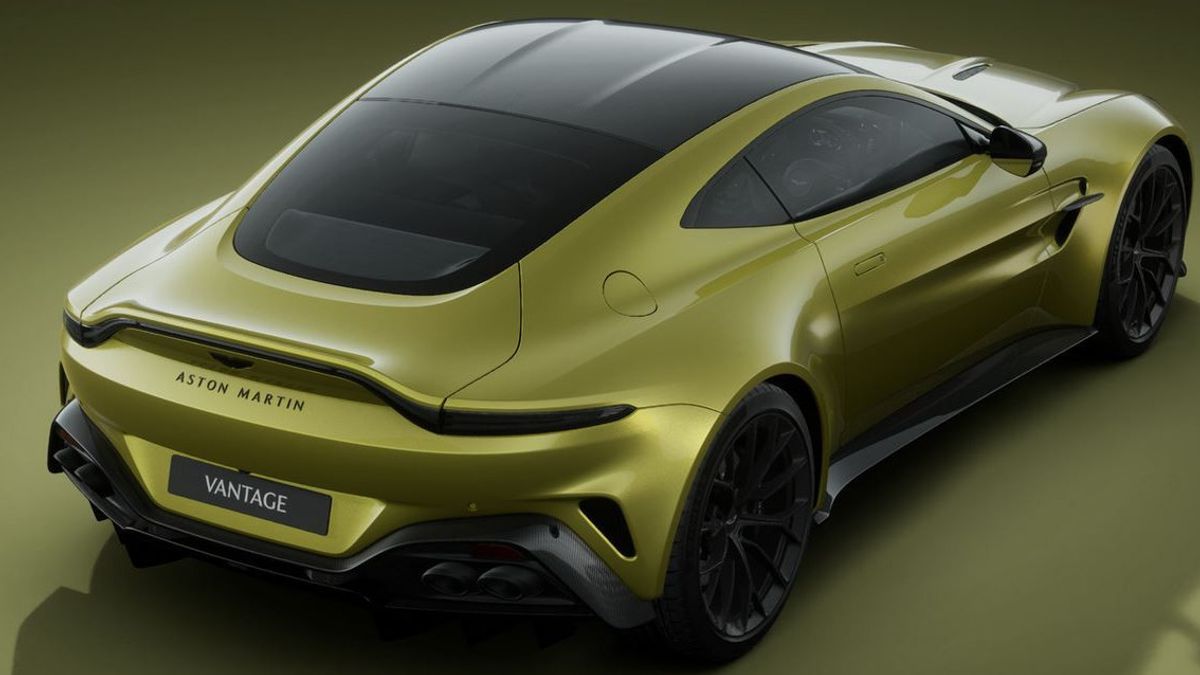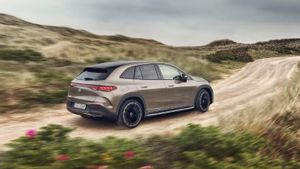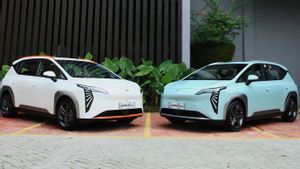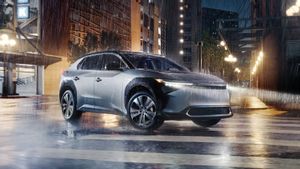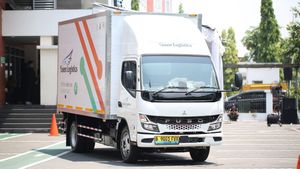JAKARTA - Since the presence of electric vehicles, be it cars or motorbikes, there has been no longer a distinctive sound from the engine, such as on cars and fuel-engined motorbikes. This noise inPORT vehicles has become a public debate, where the presence of sound on electric vehicles is considered to be still functioning, especially in terms of pedestrian safety.
Electric vehicle manufacturers have also worked around this by equipping each model, especially cars with driver assistance systems with important features to address these issues including brighter LED light lighting. Then is that enough?
Launching Carscoops, June 12, the United States National Highway Traffic Safety Administration (NHTSA) in 2018 also required all EVs to issue warning voices when traveling below 30 km/hour. This regulation aims to improve pedestrian safety, although NHTSA also projects that this rule could cost the auto industry about $40 million per year for water-resistant external speakers, but it would save up to $320 million in reducing pedestrian injuries.
EV manufacturers are also competing to present appropriate warning sounds. The challenge is to create synthetic sounds that sound natural and are liked by drivers. In addition, these voices must also contain high frequencies according to government regulations.
SEE ALSO:
The latest survey conducted by Listen, voice branding agency, and CloudArmy, a market research company, shows that high-frequency sound is actually considered annoying and hearing tiring. On the other hand, respondents prefer sound that resembles wind, water, and white noise than "sci-fi" tones.
The study involving more than 400 adult Americans, half of whom are EV users, shows a tendency for preference for traditional car sounds. The participants evaluated 10 different voices, divided into tone and non-tone categories. Non-tone sounds, which sound more natural and cannot contain tones, are considered more preferred and resemble the sound of a real car.
Meanwhile, Paul Amai, Executive Director of Strategy at Listen, explained that this natural appeal is more in line with the noise commonly heard from fueled vehicles (ICE).
"This non-tone sound feels more authentic and resembles an ICE car for respondents," he concluded.
The English, Chinese, Japanese, Arabic, and French versions are automatically generated by the AI. So there may still be inaccuracies in translating, please always see Indonesian as our main language. (system supported by DigitalSiber.id)
